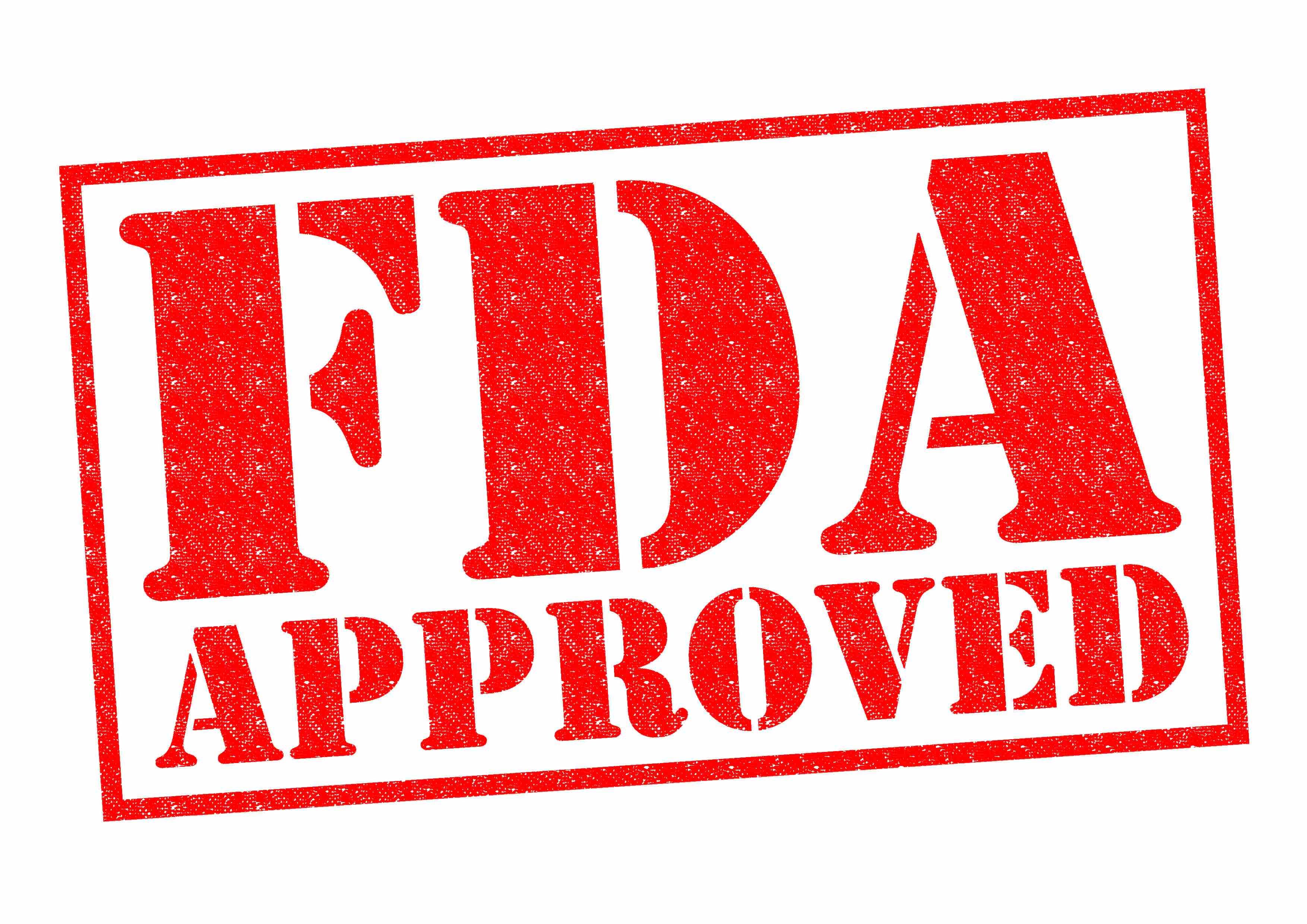Article
Study Assesses Correlations Between BMD, Serum Levels of Bone Turnover Markers
Author(s):
The diagnosis of osteoporosis is typically determined by bone mass density (BMD); however, bone turnover markers (BTMs) can provide information involving the bone remodeling process. A recent study found that BMD correlates negatively with BTM and positively with estradiol (E2) and magnesium (Mg(2+)) levels, and tartrate-resistant acid phosphatase-5b (TRAP-5b) demonstrates a specificity in identifying patients with postmenopausal osteoporosis.
The diagnosis of osteoporosis is typically determined by bone mass density (BMD); however, bone turnover markers (BTMs) can provide information involving the bone remodeling process. A recent study found that BMD correlates negatively with BTM and positively with estradiol (E2) and magnesium (Mg(2+)) levels, and tartrate-resistant acid phosphatase-5b (TRAP-5b) demonstrates a specificity in identifying patients with postmenopausal osteoporosis.
The study included 132 women with postmenopausal osteoporosis and 81 healthy postmenopausal women without osteoporosis in order to determine the correlations between BMD and serum levels of BTMs: TRAP-5b, E2, bone-specific alkaline phosphates (BSAP), and Mg(2+) ion concentrations.
“BTMs reflect the metabolic activity of osteoblasts and osteoclasts. In serial determinations (especially resorption markers), they could identify accelerated bone turnover, associated with an increased fracture risk. These patients (fast bone losers) would respond more promptly to antiresorptive medication,” noted the authors. “Also, BTMs proved to be useful in monitoring the efficacy and adherence to the antiosteoporotic treatment. There are no published data regarding the sensitivity and specificity of BTMs in evaluating postmenopausal osteoporosis.”
The researchers used dual-energy X-ray absorptiometry scans in order to assess BMD at different skeleton sites. The serum levels of E2, BSAP, and TRAP-5b were measured by an enzyme linked immunosorbent assay, while serum levels of Mg(2+) were measured using the colorimetric spectrometry technique, according to the study. The research also considered the subjects’ height, weight, and body mass index (BMI).
The results revealed that serum levels of BTMs were significantly higher in osteoporotic women than in controls and BSAP had a moderate sensitivity (76.5%) and specificity (84.3%). At the cutoff point of 3.45 U/L, the researchers noted that TRAP-5b presented a sensitivity of 86.3% and a higher specificity of 90.6%.
“The positive correlation of E2 levels with BMD found in our study was confirmed by many studies, attesting that E2 concentration is one of the most important factors determining BMD,” stated the authors.
Furthermore, the osteoporotic patients demonstrated significantly lower concentrations of serum Mg(2+) than the control group. Also, Mg(2+) levels correlated positively with BMD values and Mg(2+) concentrations correlated positively with E2 levels. The results also recalled that spine BMD correlated negatively with BSAP levels.
“In our study group, age correlated positively with BTMs, stronger with TRAP-5b as compared to BSAP, reflecting the bone dynamics. This is in accordance with other studies, which showed that in postmenopausal women, BTMs are increased, related to increased bone turnover,” concluded the authors. “Furthermore, BSAP levels correlated negatively with E2 deprivation duration. TRAP-5b presents a good specificity in identifying patients with postmenopausal osteoporosis.”
Reference
Mederle OA, Balas M, Ioanoviciu SD, Gurban CV, Tudor A, Borza C. Correlations between bone turnover markers, serum magnesium and bone mass density in postmenopausal osteoporosis. Clin Interv Aging. 2018;(13):1383-1389. doi: 10.2147/CIA.S170111.

